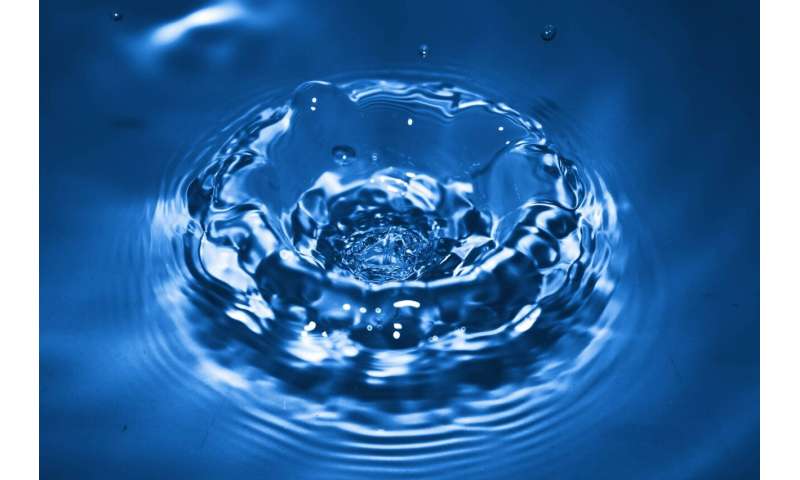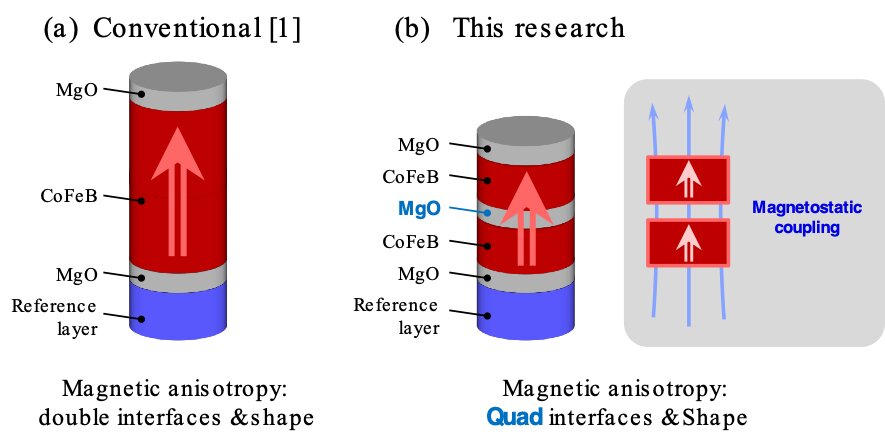#New study provides evidence for decades-old theory to explain the odd behaviors of water
“#New study provides evidence for decades-old theory to explain the odd behaviors of water”

Water, so ordinary and so essential to life, acts in ways that are quite puzzling to scientists. For example, why is ice less dense than water, floating rather than sinking the way other liquids do when they freeze?
Now a new study provides strong evidence for a controversial theory that at very cold temperatures water can exist in two distinct liquid forms, one being less dense and more structured than the other.
Researchers at Princeton University and Sapienza University of Rome conducted computer simulations of water molecules to discover the critical point at which one liquid phase transforms into the other. The study was published this week in the journal Science.
“The presence of the critical point provides a very simple explanation for water’s oddities,” said Princeton’s Dean for Research Pablo Debenedetti, the Class of 1950 Professor in Engineering and Applied Science, and professor of chemical and biological engineering. “The finding of the critical point is equivalent to finding a good, simple explanation for the many things that make water odd, especially at low temperatures.”
Water’s oddities include that as water cools, it expands rather than contracting, which is why frozen water is less dense than liquid water. Water also becomes more squeezable—or compressible—at lower temperatures. There are also at least 17 ways in which its molecules can arrange when frozen.
A critical point is a unique value of temperature and pressure at which two phases of matter become indistinguishable, and it occurs just prior to matter transforming from one phase into the other.
Water’s oddities are easily explained by the presence of a critical point, Debenedetti said. The presence of a critical point is felt on the properties of the substance quite far away from the critical point itself. At the critical point, the compressibility and other thermodynamic measures of how the molecules behave, such as the heat capacity, are infinite.
Using two different computational methods and two highly realistic computer models of water, the team identified the liquid-liquid critical point as lying in a range of about 190 to 170 degrees Kelvin (about -117 degrees to -153 degrees Fahrenheit) at about 2,000 times the atmospheric pressure at sea level.
The detection of the critical point is a satisfying step for researchers involved in the decades-old quest to determine the underlying physical explanation for water’s unusual properties. Several decades ago, physicists theorized that cooling water to temperatures below its freezing point while maintaining it as a liquid—a “supercooled” state that occurs in high-altitude clouds—would expose water’s two unique liquid forms at sufficiently high pressures.
To test the theory, researchers turned to computer simulations. Experiments with real-life water molecules have not so far provided unambiguous evidence of a critical point, in part due to the tendency for supercooled water to rapidly freeze into ice.
If you want to read more Like this articles, you can visit our Science category.
if you want to watch Movies or Tv Shows go to Dizi.BuradaBiliyorum.Com for forums sites go to Forum.BuradaBiliyorum.Com




